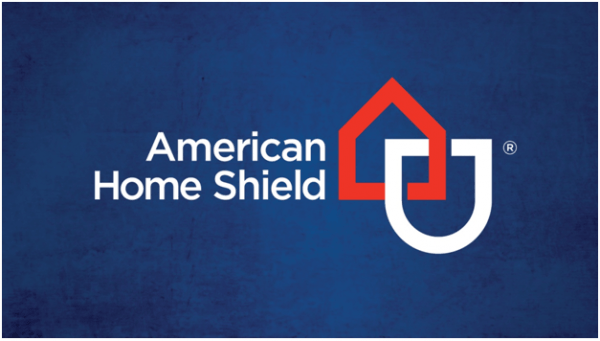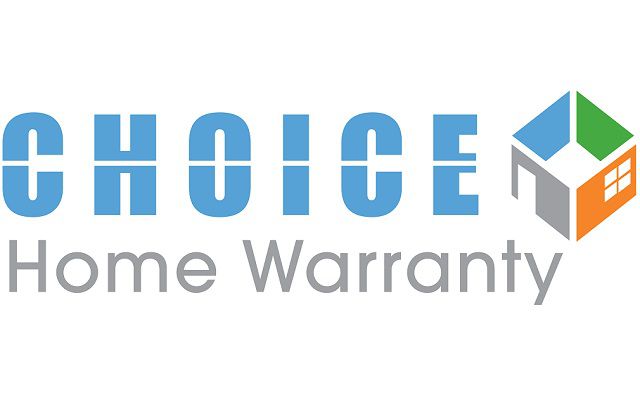February 9, 2021
If you’re looking to get a home warranty, or if even if you already have one, you may be wondering what it covers. How much is a home warranty, and is it worth the cost? Home warranties typically pick up where home insurance leaves off, covering major components of home systems and appliances from breakdowns due to normal wear and tear. An American Home Shield® Home Warranty covers up to 21 home systems and appliances, and we don’t require customers to provide maintenance records in order to receive service. Here are just some of the repairs that could be covered by your AHS® home warranty: 1. HVAC Failure Few things are more frustrating than having your heater or air conditioner go out, especially because it never happens during mild weather – it always happens when you need your indoor climate control the most. The average cost to repair or replace an air conditioner and ductwork is $374 to $3,565 without a home warranty. Your home warranty from AHS covers components of your air conditioning and heating systems and ductwork, and it can help offset these expensive costs. If we can’t repair your covered equipment, it may be replaceable up to plan limits or an alternative solution may be considered 2. Stopped-Up Drains A slow-moving or completely blocked drain or toilet is sometimes an easy fix – but sometimes it can require professional attention. AHS warranties can cover the cost of clearing stopped toilets, sinks, showers and bathtubs due to most causes. Coverage does not include stoppages caused by collapsed pipes outside of your home’s foundation, roots or foreign objects, even within your home’s foundation. 3. Plumbing Leaks Leaky faucets and toilets can cost you hundreds of dollars in wasted water each year. Water, gas, drain, waste and vent line leaks and breaks can cause serious damage to your property and may even render your plumbing inoperable. Your AHS home warranty can help cover some of the cost of these repairs. While plumbing leaks due to normal wear and tear are covered, American Home Shield’s plumbing coverage doesn’t cover pipes that burst due to freezing, so you should take steps to protect your plumbing from extreme winter temperatures. 4. Electrical Wiring Problems with electrical wiring are more than inconvenient; they can easily become dangerous. Coverage for your home’s electrical system includes repairs to direct current wiring; attic, vent, and exhaust fans; and repairs to lighting fixtures and ceiling fans. Doorbells, garage door openers, switches, and receptacles are also covered. If your home needs electrical work, it’s best to get it done as soon as possible. Our customer service representatives are always here to help you figure out what electrical repairs in your home are covered by your American Home Shield warranty. 5. Ceiling Fan Repair Ceiling fans let you save on heating and cooling costs without sacrificing your family’s comfort. A ceiling fan can make a room feel several degrees cooler in the summer, for a fraction of the cost of turning down the thermostat. In the winter, you can reverse the spin direction on most ceiling fans to push warm air down from the ceiling and feel warmer, again, for a fraction of the cost of turning up the thermostat. AHS home warranties offer full coverage for components and parts of your ceiling fans. Have your broken ceiling fan repaired or replaced and make the most of your home warranty coverage. 6. Water Heater Repair or Replacement Your family needs a functional hot water heater for bathing, washing clothes and doing dishes, and a new hot water heater can cost several hundred dollars or more. Our warranties cover repair or replacement of many components of your hot water heater, including tanked and tankless models, that malfunction due to normal wear and tear. As with other appliances, you don’t need to provide a maintenance record for coverage. 7. Refrigerator Repair Where would you be without your refrigerator? You need your refrigerator – or, in many households, refrigerators – to chill drinks and keep your food from spoiling. When it breaks down, you could easily lose money on spoiled groceries. And, while some refrigerator repairs are relatively minor, others, like replacing the condenser coils, are so expensive that you might as well buy a new fridge. American Home Shield® Home Warranties cover repair or replacement of many components of your refrigerators – and we’ll cover multiple fridges, too. 8. Washer and Dryer One of the most important appliance systems in any home is the washer and dryer unit. Keeping your family’s clothes clean is a must. If your washer or dryer breaks down, it can be a huge inconvenience. AHS covers almost all components and parts of clothes washers. Without the backing of a home warranty, the average cost of a washing machine repair is $719-$790. While it’s possible to live life without a dryer for a while, it can be an inconvenience if you have to hang your clothes in the backyard to dry. AHS appliance warranties help you enjoy peace of mind by covering most dryer breakdowns. Appliance Breakdowns Covered AHS home warranties cover components of all of your major home appliances. Have multiples of one type of appliance? You don’t have to pick and choose which one to cover. American Home Shield will cover all of your major appliances, even your duplicate appliances — so go ahead and file a service request for that drinks fridge in the garage! We’ll even cover repair of an older appliance, up to plan limits, and you don’t even need to produce maintenance records to qualify. And if we can’t repair your appliance, we’ll replace it up to plan limits or consider an alternative solution, such as reimbursing you for the cash value of your old appliance. American Home Shield Members also benefit from our Appliance Discount Program. Home Systems Covered Appliance breakdowns aren’t the only thing you have to worry about as a homeowner, especially if you have an older home. Our Systems and Combo plans offer coverage for up to 11 home systems, including: Heating, air conditioning, and ductworkDoorbells Electrical wiring Plumbing Ceiling fans Water heaters Smoke detectors Instant hot and cold water dispensers Central vacuums American Home Shield limits coverage to $3,000 per covered item, including costs related to accessing, diagnosing and repairing or replacing the covered malfunctioning system. Does American Home Shield Home Warranty Cover Roofs? How much does it cost to fix a leaking roof? It really depends on the kind of roof you have, and the size of the leak. The larger the leak, the more structural damage your home could sustain, and the more expensive it’ll be to fix. It can cost $200 to $500 to fix a leaking roof, and more for tile or metal roofs. Most home warranty providers don’t offer roof coverage and even those that do typically won’t cover replacement of a whole roof. But does a home warranty cover roof leaks? Some do, and American Home Shield now offers roof leak coverage as a plan add-on. However, make sure you understand the limits of the add-on. Repair costs for a roof leak tend to vary depending on the type of roof — shingle, tile, or metal — and roof leak coverage may vary as well. For example, many providers only cover roof leaks over the living space — they won’t cover leaks over a porch or patio. And there may be restrictions on the type of roofs covered. Some providers won’t cover leaks in a metal roof, for example. So, if you have your heart set on choosing a home warranty provider that offers roof coverage, you’ll have to shop carefully. But don’t panic if you can’t find a home warranty provider that covers roof repairs, or one that offers the level of roof coverage you need. Most homeowners get most of the roof coverage they need from their homeowners insurance. Homeowners insurance protects the structure of your home and its contents from catastrophic damage, and that usually includes damage to a roof caused by a storm, a falling tree or other mishaps. If you’re asking yourself, “Does a home warranty cover roof replacement?”, you need to check with your home insurance company first. Your homeowners insurance will be best equipped to provide you with the structural coverage you need to protect your investment in your home, including roof coverage. American Home Shield Add-Ons American Home Shield offers the widest range of plan add-ons, because we know our members need the flexibility that comes with plan customization. You can customize your plan completely, picking and choosing exactly which appliances and home systems you want to cover, as well as which add-ons you need. For example, if you have well water, you may want to add water well pump coverage to your home warranty. If you have a septic tank, there’s septic pump coverage available. And if you have a lot of home electronics your family relies on for work and play, our electronics coverage add-on can pick up where manufacturers’ warranties leave off, providing coverage that doesn’t expire, for an unlimited number of household electronics. The level of coverage you get with American Home Shield definitely makes the premiums worth it. American Home Shield offers a range of plan options to meet the needs of every homeowner. You can get appliances coverage, home systems coverage or the combo plan, which offers the most value because it provides coverage for both your appliances and systems. We also offer plan add-ons for pools and spas, water well and septic pumps, guest units, and most recently, home electronics and roof leaks. Read this article, originally published by American Home Shield, by clicking here.














